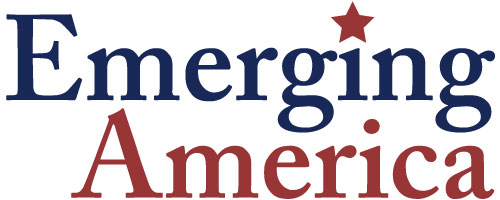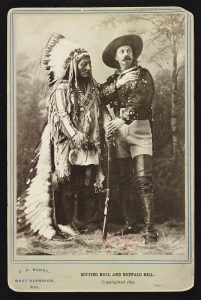The subject of American Indian history and culture is generally not emphasized significantly in American history curriculum and classrooms. Without more focused study on the culture, history, politics, and society of the indigenous first peoples of the United States, a truly holistic history of America is impossible. The following primary source set focuses on material culture produced about…
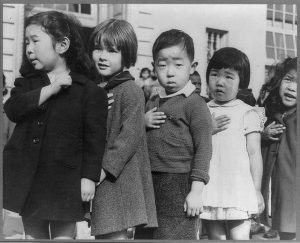
The Japanese attack on Pearl Harbor, Hawaii on December 7, 1941 sparked U.S. involvement in World War II and generated a reactionary movement against Japanese Americans. This primary source set focuses on reactions in the United States following the attack. Images include Japanese-Americans being moved, the signing of Executive Order No. 9066, and “evacuation sales” held by evacuees. The set…
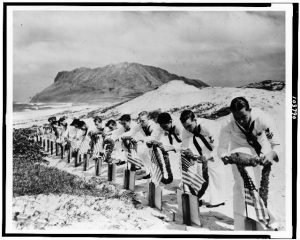
The Japanese attack on December 7, 1941 at Pearl Harbor, Hawaii forever altered the course of WWII. Although the attack left the American fleet crippled, it failed to strike a fatal blow. From the death and destruction of December 7th rose a nation dedicated to rebuilding and avenging the loss of Pearl Harbor. Using this primary source set students will be able to evaluate how the attack…
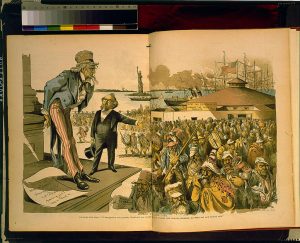
The topic of immigration is just as controversial today as it was at the turn of the twentieth century. In this one-day lesson, students will immerse themselves in the attitudes and opinions of many native-born Americans (Nativists) who did not welcome the arrival of immigrants from certain countries. Students will use music and political cartoons from the period to wonder, investigate, and…
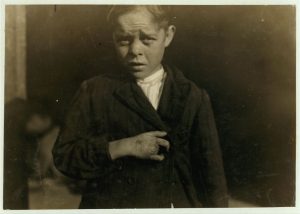
In this lesson students will learn that incurring a disability at work was a common occurrence of the Industrial Revolution. This lesson integrates disability history content within a larger 14-day unit on the Industrial Revolution. The lesson plan provides a series of activities that highlight the importance of children and adults with disabilities in 19th century workplaces, and the ways…
